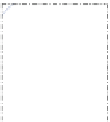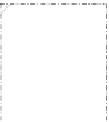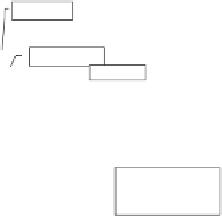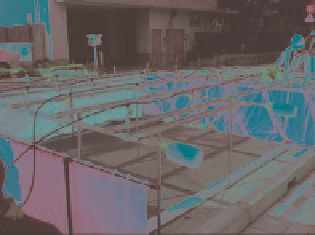Environmental Engineering Reference
In-Depth Information
Flow meter
4m
side view
water tank
Pressure cell
curtain
P
P
top view
Width can be
adjusted between
2 to 4 meters
P
P
Fig. 1
(
a
) Mobile sprinkling equipment. (
b
) Schematic of the mobile sprinkling equipment
Storing the entire water
used for washing the
road surface
Sprinkling range
Washed water
sample
Road
Sprinkled water
sample
Storing the entire
sprinkled water
Pump
About
500L
Street inlet
(cleaned immediately before the survey
and the outlets were closed off)
Fig. 2
Water sampling method
Table 2
Results of analysis of variance (Runoff load)
Source of variation
BOD
COD
SS
TN
TP
Land use
**
*
City
**
**
Land use × city
**
*5% Significance.
**1% Significance.
weights. The runoff water from the road surface was also collected first in the street
inlet, from which all the water was collected in another container using the pump.
Specimens were sampled and subjected to quality analysis. The water sampling
method is in Fig.
2
. Points and dates of the survey are listed in Table
2
.
Water quality constituents analyzed were BOD, COD
Mn
, SS, Total Nitrogen
(TN) and Total Phosphorus (TP).
In this paper, the pollutant load that were discharged just by spraying water is
called “runoff load”, that discharged by scrubbing is called “scrubbed load”, and
the sum of the two is called “potential load”. Finally, the unit load is defined as the
amount of pollutant discharged per unit area.






























